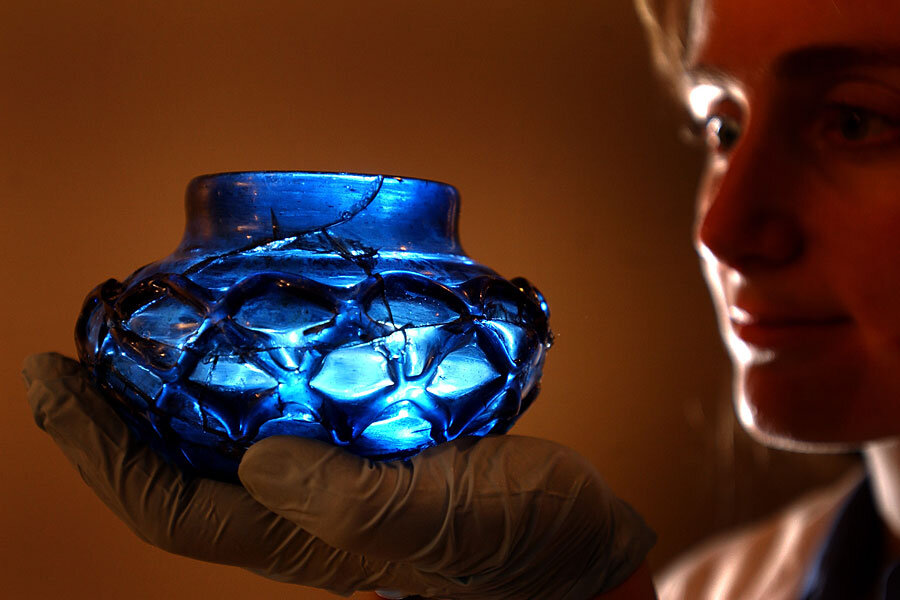Middle Saxon site unearthed in eastern Britain
Loading...
Scientists unearthed an archeological site of “international importance” in Lincolnshire, England, after a local metal detectorist, Graham Vickers, discovered an artifact in a plowed field.
Vickers reported the artifact, a silver writing stylus, to the Lincolnshire Fields Liason Officer (FLO) of the Portable Antiquities Scheme, Dr. Adam Daubney.
After Vickers’ report, Dr. Hugh Willmott and PhD student Peter Townend of the University of Sheffield visited the site, which measures 250 by 200 meters. It is located near the village of Little Carleton, near Louth, Lincolnshire.
The archeologists created a 3D visualization of the site through geophysical and magnetometry surveys.
Although the site rests in a perfectly ordinary barley field today, the visualization created by Willmott and Townend shows that the land was originally much higher. Additionally, the historically higher water level in nearby ditches means that the site was originally an island.
“It [the site] is enclosed between a basin and a ditch,” Willmott told the Guardian. “It was a focal point in the Lincolnshire area, connected to the outside world through water courses.”
The former island is a treasure trove of Middle Saxon artifacts, or artifacts from 600-800 AD.
The Guardian reports that the University of Sheffield has opened nine trenches on the site. Thus far, researchers have found twenty styli (writing implements), around three hundred dress pins, and many coins from the 7th and 8th centuries.
A University of Sheffield press release also indicates that researchers at the site have found Middle Saxon pottery and animal bones.
Willmott tells The Christian Science Monitor that archeologists believe the site was either a monastery or a trading center due to the presence of certain artifacts.
“We have lots of evidence for literacy in the form of writing styli and some engraved lead plaques,” said Willmott in an email to the Monitor. “Writing at this time is often closely connected with the church. We have also found lots of trading weights and coinage.”
Willmott also says that the site also contains evidence of “industrial working,” or lead smelting.
One lead tablet discovered at the site has the name “Cudberg” printed on it. Cudberg is an Anglo-Saxon women’s name.
This site is the largest discovery of its kind in the area since excavations of a Middle-Late Anglo-Saxon settlement in Flixborough began in 1989.
Willmott calls this site very unusual, both because of its contents, and because high-status Saxon sites (such as trading sites or settlements) are rare finds across England.
Earlier this year, a team of archeologists began excavating a Bronze Age site popularly known as Britain’s “Pompeii.” Artifacts at that site could be up to 2,000 years older than the Lincolnshire findings, dating back to 1200-800 BC.
“Our findings have demonstrated that this is a site of international importance,” said Willmott in a University of Sheffield press statement on the Lincolnshire site, “but its discovery and initial interpretation has only been possible through engaging with a responsible local metal detectorist who reported their finds to the Portable Antiquities Scheme.”
The Portable Antiquities Scheme is a government-funded project that aims to conserve British history by encouraging individuals to report artifacts they accidentally uncover.








